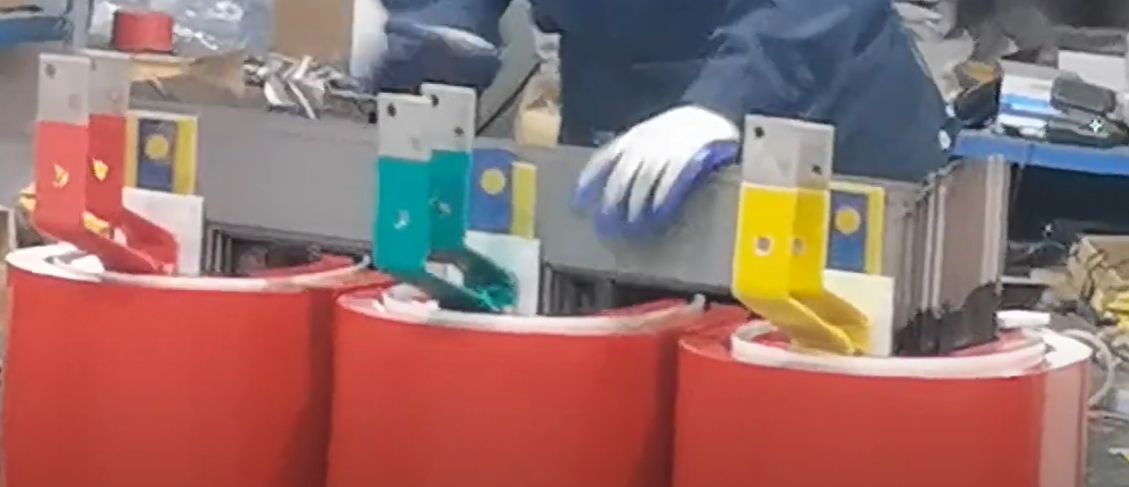- 06
- Dec
What are the requirements for silicon steel in the process of producing silicon steel sheet power transformers

In transformers, the requirements for the performance of kremík oceľ sú hlavne:
① Low iron loss, which is the most important indicator of kremík steel sheet quality. All countries divide the grades according to the iron loss value, the lower the iron loss, the higher the grade.
. magnetický induction intensity (magnetic induction) is high under a strong magnetic field, which reduces the volume and weight of the iron core of the motor and transformer, and saves silicon steel sheets, copper wires and insulating materials.
③ The surface is smooth, flat and uniform in thickness, which can increase the filling factor of the core.
④Excellent punch ability and easy processing.
⑤ The adhesion and weldability of the surface insulating film are good, which can prevent corrosion and improve punching performance.
⑥ Basically no magnetic aging.
Classification and grade definition of silicon steel sheet
Transformers usually use cold-rolled grain-oriented silicon steel sheets to ensure their no-load energy efficiency levels. Cold-rolled grain-oriented silicon steel sheets can be divided into ordinary cold-rolled grain-oriented silicon steel sheets, high magnetic permeability silicon steel sheets (or high magnetic induction silicon steel sheets), and laser-marked silicon steel sheets according to performance and processing methods. Usually, under the alternating magnetic field (peak value) of 50Hz and 800A, the silicon steel sheet with the minimum magnetic polarization B800A=1.78T~1.85T of the iron core is called ordinary silicon steel sheet, which is recorded as “CGO”, and B800A=1.85T or more The silicon steel sheet is recorded as high magnetic permeability silicon steel sheet (high magnetic induction silicon steel sheet), and is recorded as “Hi-B steel”. The main difference between Hi-B steel and conventional silicon steel sheet is: the Gaussian azimuthal texture of Hi-B steel The degree of silicon steel is very high, that is, the orientation of silicon steel grains in the direction of easy magnetization is very high. In industry, the secondary recrystallization process is used to manufacture silicon steel sheets with a silicon content of 3%. The grain orientation of Hi-B steel The average deviation from the rolling direction is 3°, while ordinary silicon steel sheet is 7°, which makes Hi-B steel have higher magnetic permeability, usually its B800A can reach more than 1.88T, which improves the Gaussian azimuth texture and Magnetic permeability reduces iron loss. Another feature of Hi-B steel is that the elastic tension of the glass film and insulating coating attached to the surface of the steel sheet is 3~5N/mm2, which is better than the 1~2 N/mm2 of ordinary oriented silicon steel sheet, and the surface tension of the steel strip is The high tension layer can reduce the magnetic domain width and reduce abnormal eddy current loss. Therefore, Hi-B steel has lower iron loss value than conventional grain-oriented silicon steel sheet.
The laser-marked silicon steel sheet is based on Hi-B steel, and through laser beam irradiation technology, it produces a small strain on the surface, further refines the magnetic axis, and achieves lower iron loss. Laser-marked silicon steel sheets cannot be annealed, because the effect of laser treatment will disappear if the temperature is increased.
The physical properties of silicon steel sheets of different grades are basically the same, and the density is basically 7.65g/cm3. For the same type of silicon steel sheets, the main difference in performance and quality lies in the silicon content and the influence of the production process.
